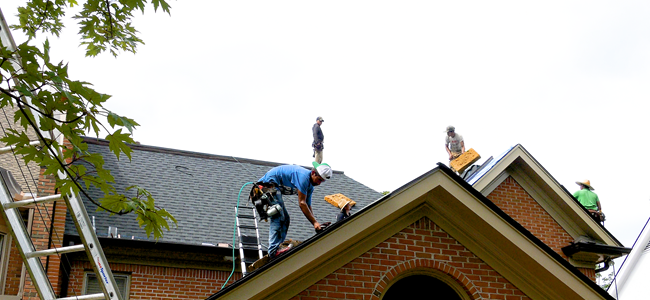When choosing roof shingles or tiles or metal panels for your roof it might seem that you have a boundless selection of material on the marketplace: asphalt, composite, steel, wood shake, rubber, and MSR rolled roof coverings. Many people think that the selection is purely an aesthetic or economic one– that you select a roofing material totally according to what you like or what you can manage financially.
Not so. Lots of elements determine which roofing products you can utilize, as well as one make-or-break element, the incline of the roof, called roofing pitch. For instance, you might consider timeless composite shingles on your roof, however if the pitch is below a particular ratio, you may be required to set up a various sort of roofing– perhaps rolled roof or standing seam-metal roof covering.
Roofing Pitch – What It Is And How It Affects The Roofing Materials You Use
Pitch is the term used to define the angle, slope, or slant of your roof. Roofing system pitch classifications consist of 2 numbers indicating a proportion. The ratio can be shown by a division lower separating the numbers, such as 2/12 or 7/12. Or, the colon can change the slash, as in 2:12 or 7:12. In any case, the notation assigns a proportion in between two measurements of the roofing system– a numerator as well as denominator.
Numerator: The numerator, or very first number, describes the vertical (height) measurement of the roofing system.
Denominator: The common denominator, or 2nd number, denotes the straight (length) measurement of the roofing system. To make things a little bit easier, for roofing purposes the common denominator is constantly 12. Even though standard math tells us that 12/12 can be decreased to 1/1, this is not done with a roof covering pitch. The denominator continues to be 12.
Exactly How to Determine The Pitch of a Roof
Simply put, the pitch of a roof is just a ratio that suggests just how much angle there is in the roof over a 12 foot horizontal range.
Here are some examples:
5/12: For each 12 horizontal feet, the roofing system changes 5 feet in vertical height.
8/12: For every 12 straight feet, the roof adjustments 8 feet in vertical elevation.
For most home designs, roofing system pitches fall in a variety 4/12 (a moderate) slope up to 8/12 (relatively high). Instances of extreme slopes vary from 1/4/ 12 (practically flat) to 12/12 (sloping down at a best 45-degree angle).
Low and High Pitch Instances
2 examples at each end of the range:
Low-pitched: It was trendy for modern-style houses built in the 1960s to have little pitch, just a barely negligible incline to aid drain water. Visually, this roof appears flat. This pitch might be as reduced as 1/12.
High-pitched: Roofs on Victorian-era homes were typically greatly angled with a steep pitch. Think of a classic Adams Family haunted residence with its soaring peaks and you have a picture of a piercing roof covering. This is one of the rare pitches where the numerator is greater than the denominator, with an incline as high as 18/12.
.25/ 12 to 3/12 Roofing Pitches
Roofing system pitches with reduced angles, such as 1/12 up to 3/12 are located in modern style homes as well as in industrial structures. The level roofing products most appropriate for these shallow-sloped roof coverings include:
Built-up roofing: Sometimes called tar-and-gravel, or BUR, the modern kind of this sort of roofing system includes rotating layers of asphalt as well as strengthening materials.
” Torch-down” roofing: This is a single layer membrane-style roofing product that is heat-activated by a torch throughout installment.
Rubber membrane: EPDM (brief for ethylene propylene diene monomer) is a real rubber that can be applied to a roofing system with glue or mechanical supports.
 Standing seam metal: These roofs are made from panels of aluminum or steel collaborated in raised joints. They can be made use of on roofing systems with pitches as reduced as.25/ 12. They are additionally made use of on much steeper roof coverings.
Standing seam metal: These roofs are made from panels of aluminum or steel collaborated in raised joints. They can be made use of on roofing systems with pitches as reduced as.25/ 12. They are additionally made use of on much steeper roof coverings.
2.5/ 12 to 19/12 Pitches
Clay or cement floor tiles can be made use of on a vast array of roof covering pitches. For pitches of 2.5/ 12 up to 4/12, the roof calls for double underlayment. Inclines over 19/12 are not suggested given that tiles on very steep roof coverings can rattle.
4/12 to 20/12 Pitches
A terrific amount of residential roof coverings fall into this classification. The roof products frequently utilized for these pitches consist of asphalt (compound) shingles: Conventional 3-tab shingles made with asphalt composite are the most prominent sort of roof shingles as well as are the most versatile in terms of adapting to many roof pitches. These roof shingles are appropriate for pitches as reduced as 4/12 pitch, all the way as much as a 12/12 pitch. Consider them as taking the center road in terms of roof pitch– not as level, but also not steep.
5/12 to 12/12 Pitch
Wood as well as slate shingles are made use of in much of the same kinds of roofing as asphalt composite tiles, yet might not be appropriate for roofing systems near the lower end, considering that they are a lot more at risk to dripping. Wood and slate tiles do not secure together as tightly as other kinds of tiles.
A Quick Look At Some Roofing Materials
The majority of roof covering materials have actually an advised pitch variety for which they are most appropriate. Adhering to the suggestions is not mandatory; however you should not go below the recommendation. As an example, timber and slate tiles may work for roofing steeper than the leading suggestion of 12/12, however you ought to not install them listed below the 4/12 reduced variety.
Clay or cement floor tiles: 2.5/ 12 to 19/12
Asphalt (composite) shingles: 4/12 to 20/12
Wood and slate tiles: 5/12 to 12/12
Built-Up (BUR):.25/ 12 to 3/12
Rubber membrane:.25/ 12 to 3/12
Standing-seam steel: 1/12 to 19/12
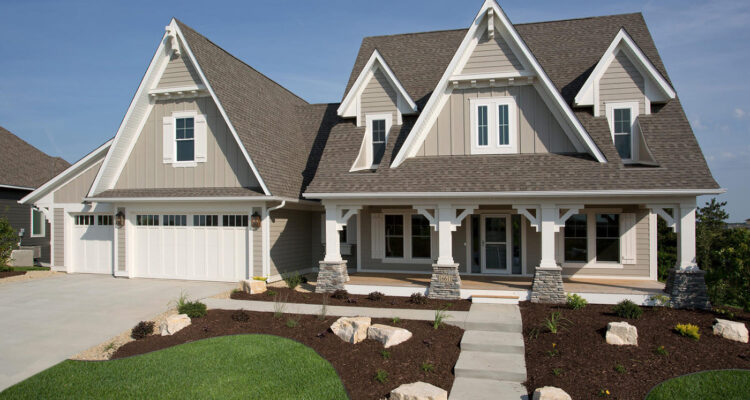 Architectural shingles are a popular roofing option known for their durability and aesthetic appeal. In this article, we will explore the advantages and drawbacks of choosing architectural shingles for your home.
Architectural shingles are a popular roofing option known for their durability and aesthetic appeal. In this article, we will explore the advantages and drawbacks of choosing architectural shingles for your home.
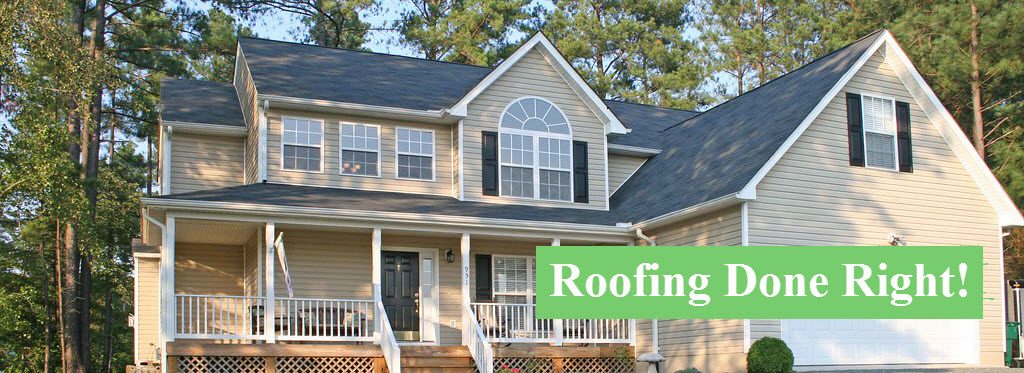
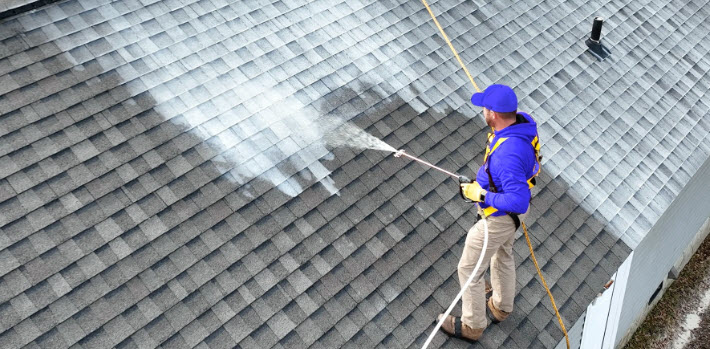 When it comes to maintaining the health of your roof, you may be faced with the decision between roof rejuvenation and roof replacement. Understanding both the structural and cost differences between these two options can help you make the best choice for your home.
When it comes to maintaining the health of your roof, you may be faced with the decision between roof rejuvenation and roof replacement. Understanding both the structural and cost differences between these two options can help you make the best choice for your home.
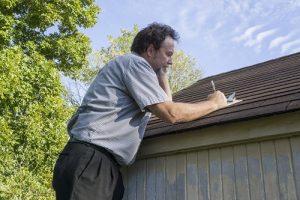 The importance of a home inspection should not be underestimated. It’s a must-do that can help homeowners save money now and in the future. However, many buyers are so blinded by the excitement of buying a home that they gloss over problem areas. If there are issues with a home, regardless of its size, the buyer should hire a roofer for a complete examination and estimate for roof repair
The importance of a home inspection should not be underestimated. It’s a must-do that can help homeowners save money now and in the future. However, many buyers are so blinded by the excitement of buying a home that they gloss over problem areas. If there are issues with a home, regardless of its size, the buyer should hire a roofer for a complete examination and estimate for roof repair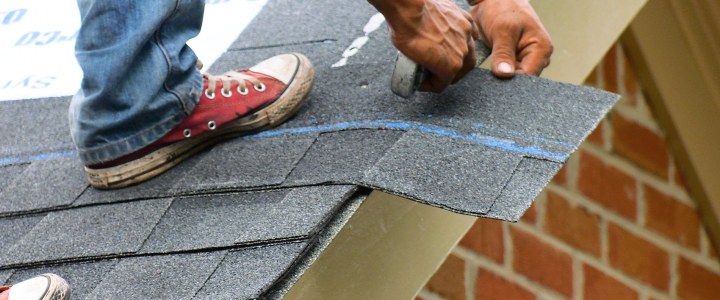
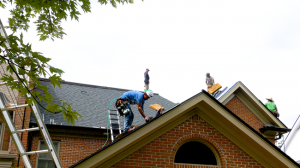
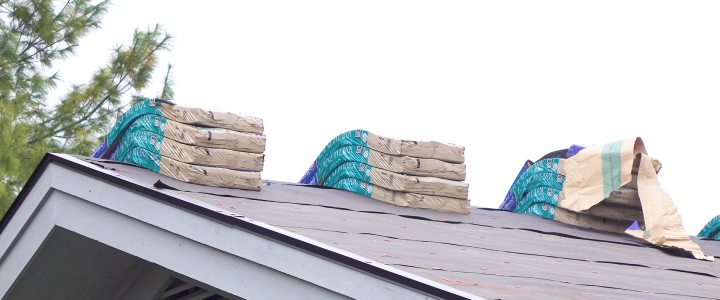
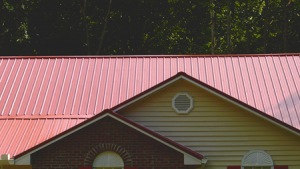 Standing seam metal: These roofs are made from panels of aluminum or steel collaborated in raised joints. They can be made use of on roofing systems with pitches as reduced as.25/ 12. They are additionally made use of on much steeper roof coverings.
Standing seam metal: These roofs are made from panels of aluminum or steel collaborated in raised joints. They can be made use of on roofing systems with pitches as reduced as.25/ 12. They are additionally made use of on much steeper roof coverings.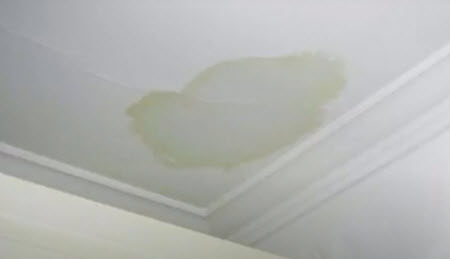
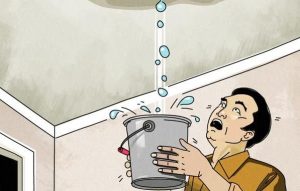 Usually, a roof leak will form a tiny pool in the ceiling till it finds a way to escape. This will typically be something like a light in the ceiling, a heating register or just beneath a joist. Ceiling corners are also other spots where leaks will certainly often occur. In some cases they find outlets in numerous places but the original leak is from one source, making it look even worse than it usually is. If the ceiling is holding water or you see a lump in the drywall, jab a screw driver or other sharp object into the opening in order to drain the puddling water into a bucket that you will have placed beneath it. This will help minimize the damages to the ceiling and force the water to exit from a single location.
Usually, a roof leak will form a tiny pool in the ceiling till it finds a way to escape. This will typically be something like a light in the ceiling, a heating register or just beneath a joist. Ceiling corners are also other spots where leaks will certainly often occur. In some cases they find outlets in numerous places but the original leak is from one source, making it look even worse than it usually is. If the ceiling is holding water or you see a lump in the drywall, jab a screw driver or other sharp object into the opening in order to drain the puddling water into a bucket that you will have placed beneath it. This will help minimize the damages to the ceiling and force the water to exit from a single location.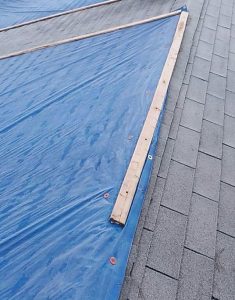
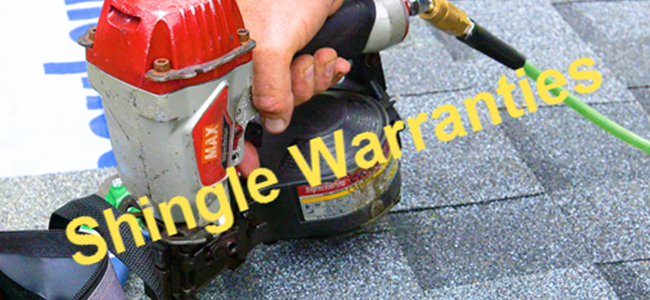
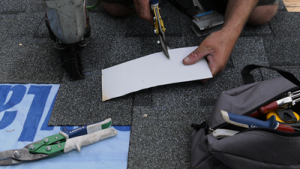 So, since you’re now doubtful when it comes to roof shingle warranties, how do you figure out whether the issue of a leaking roof is brought on by faulty shingles? A lot of the most common production defects can be identified by an untrained eye. Despite typical wear-and-tear, your roofing system will not look like new for very long. This doesn’t mean you have actually been duped or that you’ve been sold an inferior shingle. Often you can identify issues that are abvious such as shingles that are blistering, splitting or fracturing. This may mean that they are defective but the issue could also be how they were installed. Small amounts of curling at the edges is often present even in regular, correctly made shingles. However considerable curling may be an indicator of trouble. Bald spots, where the granules outside of the shingle are exfoliating and exposing the asphalt is another tell-tale sign of a failing shingle. Discoloration might be triggered by algae development which will often occur on the north side of a roof where is doesn’t receive much sunlight. Not all roof shingles are ensured against algae growth damage so you should thoroughly read the fine print to find out if your shingles are supposed to be warranted against algae growth.
So, since you’re now doubtful when it comes to roof shingle warranties, how do you figure out whether the issue of a leaking roof is brought on by faulty shingles? A lot of the most common production defects can be identified by an untrained eye. Despite typical wear-and-tear, your roofing system will not look like new for very long. This doesn’t mean you have actually been duped or that you’ve been sold an inferior shingle. Often you can identify issues that are abvious such as shingles that are blistering, splitting or fracturing. This may mean that they are defective but the issue could also be how they were installed. Small amounts of curling at the edges is often present even in regular, correctly made shingles. However considerable curling may be an indicator of trouble. Bald spots, where the granules outside of the shingle are exfoliating and exposing the asphalt is another tell-tale sign of a failing shingle. Discoloration might be triggered by algae development which will often occur on the north side of a roof where is doesn’t receive much sunlight. Not all roof shingles are ensured against algae growth damage so you should thoroughly read the fine print to find out if your shingles are supposed to be warranted against algae growth.